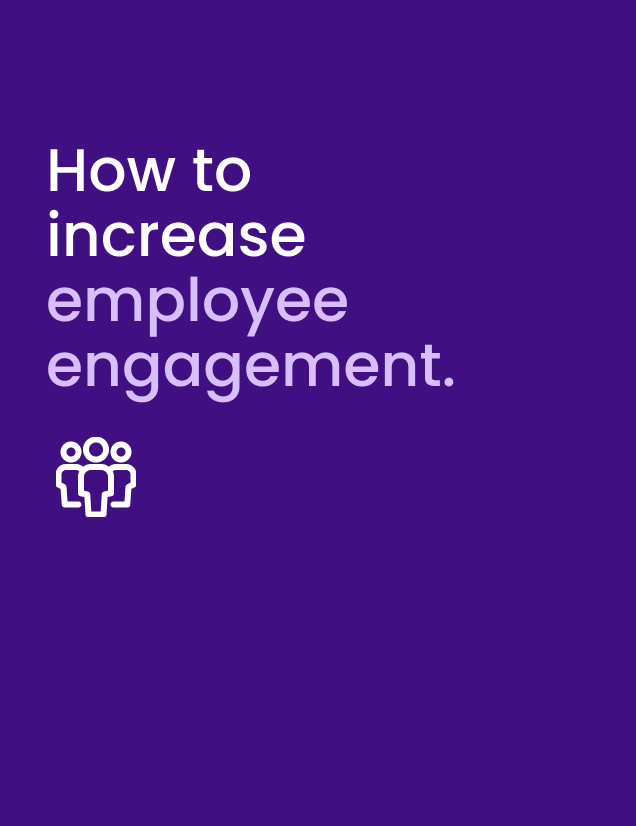To understand the modern workplace and how it is rapidly evolving is critical to all those actively supporting the performance and well-being of workers, both within the organisation and across the extended enterprise.
There are plenty of books on this topic, but it’s not always easy to separate the good from the bad – and the sheer range of choice can be pretty overwhelming.
Here are my recommendations to add to your reading list (or audio list if you prefer):

The Diamond Age – Neal Stephenson (2000)
This novel may seem a little off-beam but, trust me, it provides a powerful insight into how learning works in a future that removes all geographical barriers and assumes the internet of everything is here and pervasive. This was written 20 years ago, but has proved to be deeply prophetic, especially as we’ve seen the rapid evolution of augmented and virtual reality, deep-fake video technology, 3D printing (of everything from plastic, metal, even houses), machine learning, nano-robotics and genetic engineering.
The book is subtitled, ‘A Young Lady’s Illustrated Primer’ which refers to the book’s detailed description of how technology-mediated learning can work effectively.
Brave New Work – Aaron Dignan (2019)
Organisations suffer from legacy practices, siloed structures and decision-making bottlenecks that are just not fit for purpose within a digital-first economy. While much of the media focuses on the impact of automation and artificial intelligence (much of it wildly exaggerated), Dignan rightly points out that “organisations are not machines, to be predicted and controlled. They are complex human systems, full of potential waiting to be released.” This requires a deep reinvention of the underlying operating system within the organisation that relies much more on autonomy, trust and transparency.
The Open Organization – Jim Whitehurst (2015)
Red Hat has pioneered the increasingly prevalent use of enterprise-grade open source software. Open software has many benefits, flexibility and transparency being key characteristics. Whitehurst has applied these principles into how Red Hat as an organisation is structured and how things get done. In many respects they are the poster child for Dignan’s Brave New Work. Red Hat have turned the traditional command-and-control hierarchical leadership model on its head, to be bottom-up, where decisions are made inclusively. The characteristics of an open organisation are transparency, inclusivity, collaboration, community and adaptability. Whitehurst, who is CEO of Red Hat, prefers to refer to his role as Catalyst-In-Chief. As we internalise digital, it opens up much more powerful ways for people to cooperate and innovate. Being open, there is a treasure trove of resources available to help other organisations adopt this model.
The Social Organization – Jon Ingham (2017)
Also a good companion to Brave New Work, Ingham focuses on the urgent need for organisations to shift focus from developing individuals to enabling networks and relationships between employees. In short, social capital is the new currency of the high performing organisation. Technology in the form of learning experience platforms (LXP), workflow tools (Slack, Microsoft Teams) encourage and reward collaboration, sharing and peer-to-peer networking, cutting across traditional silos and boundaries. This is the new blueprint to facilitate rapid innovation as well as the broader adoption of that innovation right across the organisation.
How People Learn – Nick Shackleton-Jones (2019)
Learning in the workplace has been misunderstood and poorly supported for decades. Shackleton-Jones tackles the underlying mechanisms and emotional drivers that are behind real, effective learning, to provide a practical guide that rightly challenges ‘traditional’ training methods. Learning and development professionals need to develop a much more solid grounding in psychology and behavioural science, much of which already informs modern marketing, advertising practices and nudge theory. The techniques and data-first disciplines are fully transferable to building powerful, effective learning experiences.
Reinventing the Organization – Dave Ulrich and Arthur Yeung (2019)
We are experiencing a systemic change in the way we communicate, coordinate, collaborate and consume. The pace at which everything is produced and changing is accelerating exponentially. Product development cycles are measured in months, software releases in days (if not hours) and news by the second. Organisations need radical reinvention to stay relevant in fast-changing markets. Ulrich and Yeung provide a framework for building a responsive organisation that purposely builds and nurtures an ecosystem which is both resilient and agile in its ability to respond to and trigger change in their chosen markets.
Drive – Daniel Pink (2009)
Now 10 years old, Pink’s book revealed the truth behind what motivates us at work. Mastery, Purpose and Autonomy are the three legs of the stool that supports sustained wellbeing and high performance. It’s fascinating that today, many organisations still do not recognise this and operate in ways that undermine how employees and other stakeholders interact with each other, slow down getting things done and allow poisonous cultures to arise that fail to develop existing talents, stifle creativity and collaboration. Well, no more, since those organisations will face an existential end unless they change radically. Recognising individual skills and offering pathways to mastery, providing the autonomous space and trust to show initiative and share results, aligning around a common purpose that serves the individual as well as the organisation. All of these are critical to the future success of any organisation going forward.
The future is flexible
All these books together lead to a deep change in perspective of what makes an organization successful in the modern world now and into the future. What is clear is that flexibility is a critical primary consideration in organisational design. That applies to its operating processes, the technology on which it runs and the culture of its people.
If we don’t get smarter at supporting the motivators that underpin performance in the workplace then all attempts at sustainable organisational redesign are fragile and likely to fail. A good starting place is to bring together learning, engagement and performance management into a tightly integrated platform on which each of these motivators can be positively supported.





